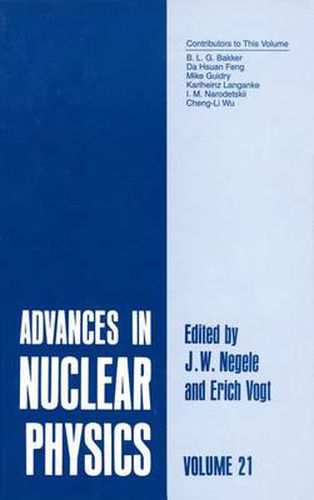Readings Newsletter
Become a Readings Member to make your shopping experience even easier.
Sign in or sign up for free!
You’re not far away from qualifying for FREE standard shipping within Australia
You’ve qualified for FREE standard shipping within Australia
The cart is loading…






This title is printed to order. This book may have been self-published. If so, we cannot guarantee the quality of the content. In the main most books will have gone through the editing process however some may not. We therefore suggest that you be aware of this before ordering this book. If in doubt check either the author or publisher’s details as we are unable to accept any returns unless they are faulty. Please contact us if you have any questions.
The selected spectra presented in this volume are a testimony to the diversity of mineral carbonates. Their compositional variety embraces many of the chemical elements and is increased by the frequent presence of solid solution between members. They occur in all the broad categories of rock types: igneous, metamorphic, metasomatic and sedimentary; and they are often associated with important ores and rare element deposits. Carbonates are not only of significance in the geological domain, but also in industry and materials science. Accurate identification of the compounds is, therefore, vital for a proper understanding of any carbonate bearing system. The development of Fourier transform infrared spectrometry has been for some years at the stage where the acquisition of spectra is relatively simple, rapid and with good resolution. For identifi- tion, the method is inexpensive and can provide additional information on the nature of the chemical bonding. It is particularly suited to carbonates because of its ability to discriminate clearly between the different members. It is obvious that to be able to produce a large set of definitive spectra, a source of we- characterized minerals is required, but the location of such a source is not necessarily so obvious. Our two museums - The Natural History Museum in London and the National Museums of Scotland in Edinburgh - have joined forces to provide such a source, using their renowned mineral collections and authenticating each mineral by modern advanced methods of analysis and identifi- tion.
$9.00 standard shipping within Australia
FREE standard shipping within Australia for orders over $100.00
Express & International shipping calculated at checkout
This title is printed to order. This book may have been self-published. If so, we cannot guarantee the quality of the content. In the main most books will have gone through the editing process however some may not. We therefore suggest that you be aware of this before ordering this book. If in doubt check either the author or publisher’s details as we are unable to accept any returns unless they are faulty. Please contact us if you have any questions.
The selected spectra presented in this volume are a testimony to the diversity of mineral carbonates. Their compositional variety embraces many of the chemical elements and is increased by the frequent presence of solid solution between members. They occur in all the broad categories of rock types: igneous, metamorphic, metasomatic and sedimentary; and they are often associated with important ores and rare element deposits. Carbonates are not only of significance in the geological domain, but also in industry and materials science. Accurate identification of the compounds is, therefore, vital for a proper understanding of any carbonate bearing system. The development of Fourier transform infrared spectrometry has been for some years at the stage where the acquisition of spectra is relatively simple, rapid and with good resolution. For identifi- tion, the method is inexpensive and can provide additional information on the nature of the chemical bonding. It is particularly suited to carbonates because of its ability to discriminate clearly between the different members. It is obvious that to be able to produce a large set of definitive spectra, a source of we- characterized minerals is required, but the location of such a source is not necessarily so obvious. Our two museums - The Natural History Museum in London and the National Museums of Scotland in Edinburgh - have joined forces to provide such a source, using their renowned mineral collections and authenticating each mineral by modern advanced methods of analysis and identifi- tion.